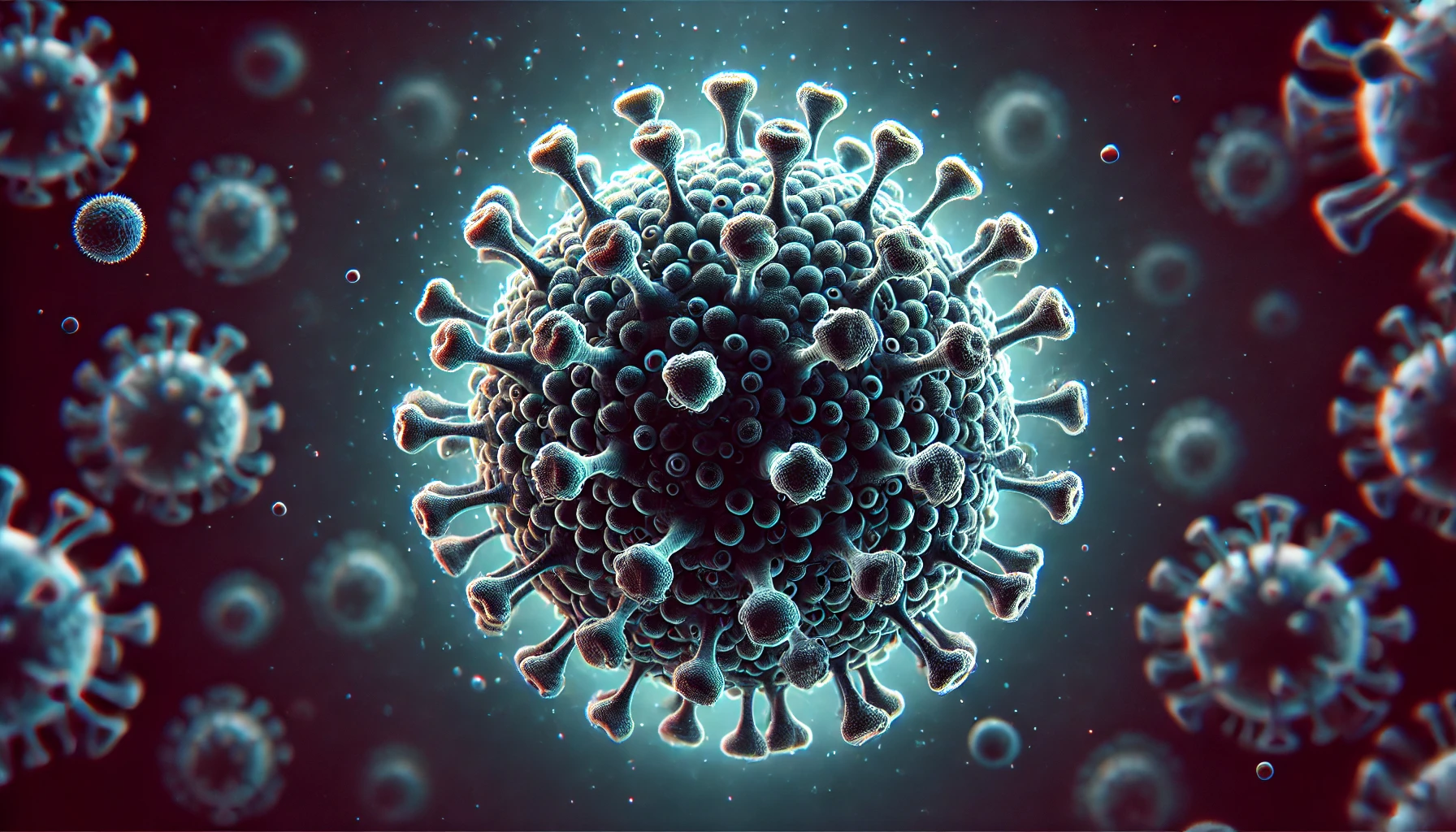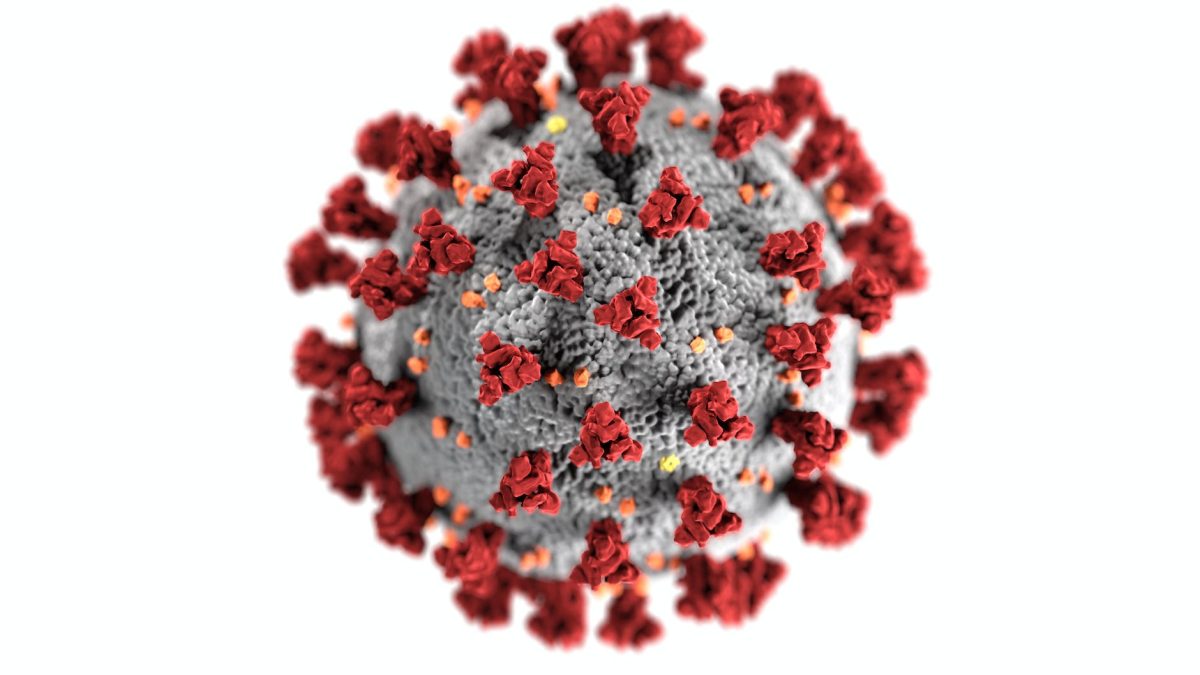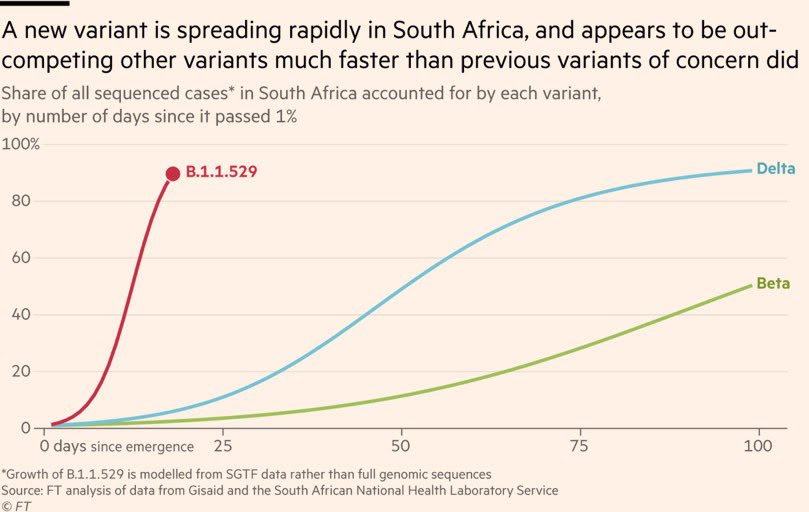Tag: virus
-

The Bizarre Virus That SAVES Your Life
-
End of China’s Covid-zero
-

The lifecycle of of SARS-CoV-2 – Covid-19
-
How American conservatives turned against the vaccine
-

Omicron
[…] Even if you did succeed, what then? How long are you going to keep your borders closed? A restriction to a few countries might help the first week, but within a month it won’t even much matter, because there’s too much spread elsewhere. It’s not like a variant worse than Delta is going to…
-

The World’s Deadliest Thing
Around 1895, whilst investigating the case of a group of musicians who had died after eating cooked ham, a Belgian scientist called Emile van Ermengem identified the bacteria at the heart of Kerber’s sausage poisonings, a disease that had been coined Botulism, after bolutus, the Latin for sausage. Later work showed that these bacteria, which…
-
You Are Immune Against Every Disease
-
How The Immune System Works
-

Covid-19 communication
How Singapore went from clear, simple and stable communication surrounding Covid, to total chaos — losing people’s interest and understanding. To the point, there’s now Covid bingo. I quote, in case they one day decide to delete it all: Insanity.



